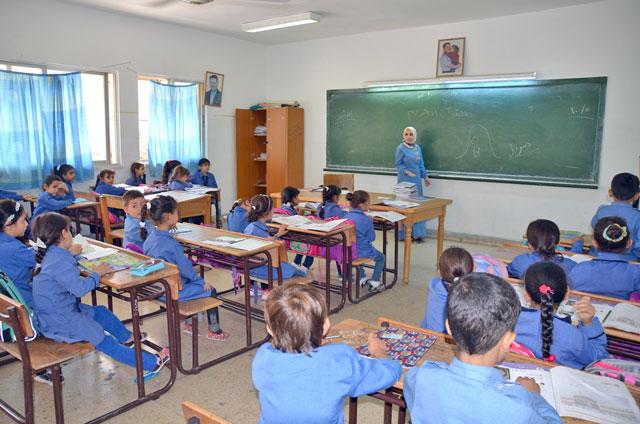You are here
Jordan Emergency Health Project implements mandate to serve underprivileged, refugees — report
By Bahaa Al Deen Al Nawas - Jan 03,2020 - Last updated at Jan 03,2020
AMMAN — Progress towards meeting the Jordan Emergency Health Project’s objectives has been described as “moderately satisfactory” in the World Bank’s (WB) Implementation Status and Results Report issued last week.
The project’s goal is to support the Jordanian government in maintaining the delivery of primary and secondary health services for underprivileged and uninsured Jordanians and Syrian refugees at the Health Ministry’s facilities, according to the report.
On June 13, 2017, the Board of Executive Directors at the WB approved the parent project and declared it effective on July 26, 2017, financed by a $50 million loan, according to the report, which sets October 31, 2023 as the project’s closing date.
The loan consists of a non-concessional portion of $36.1 million and a concessional portion of $13.9 million from the Global Concessional Financing Facility (GCFF), the report stated, adding that the Islamic Development Bank provided $100 million through a parallel co-financing arrangement, of which $21 million is financed by the GCFF.
In mid-2019, the WB approved an additional $200 million for the project to help the Ministry of Health continue providing critical healthcare services to target populations.
“The additional financing builds on the parent project’s performance and rapid implementation to help Jordan meet the additional strain on its health system and prevent the reversal of the substantial gains achieved by the sector over the last decade,” Saroj Kumar Jha, the WB’s Mashreq regional director, was quoted as saying in a statement issued in June.
The report highlighted that, under the project’s first component, it has supported the financing of human resources needed to deliver primary and secondary health care at the ministry’s facilities, “despite tight fiscal constraints”.
In addition, the project introduced a more detailed monitoring system for the delivery of services through independent verification that tracks and records the number of services delivered, disaggregated by gender and target populations, the report stated.
It added that the most recent annual data from this monitoring system covers June of 2018 to May of 2019, during which the overall number of services delivered to the target population was 3.2 million primary health services and 1.89 million secondary services.
Under the second component, a procurement process is under way despite delays, which involves capacity-building activities, the report said.
These activities include selecting a firm to undertake a cost study on non-communicable disease prevention and planned trainings on health financing and economics, research methodology, scientific writing and data collection, according to the report.
Related Articles
AMMAN — The World Bank (WB) approved on Tuesday a $200 million project to support Jordan in maintaining the delivery of critical primary and
AMMAN — Minister of Water and Irrigation Motasem Saidan and British Ambassador to Jordan Bridget Brind on Thursday laid the cornerstone for
AMMAN — A World Bank (WB) project worth $200 million will help Jordan expand access to early childhood education and improve student assessm
















